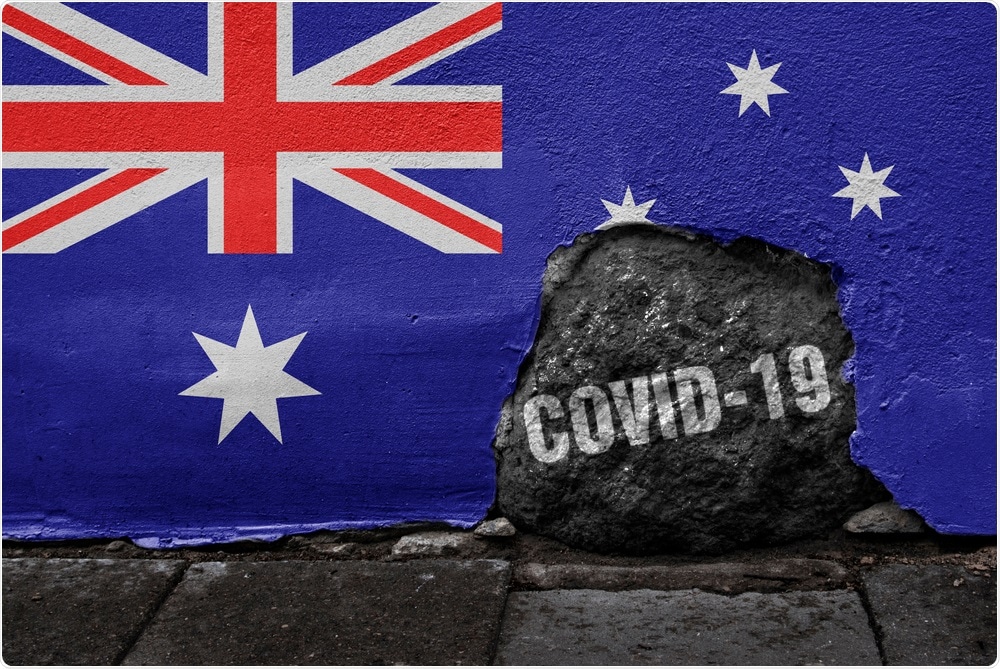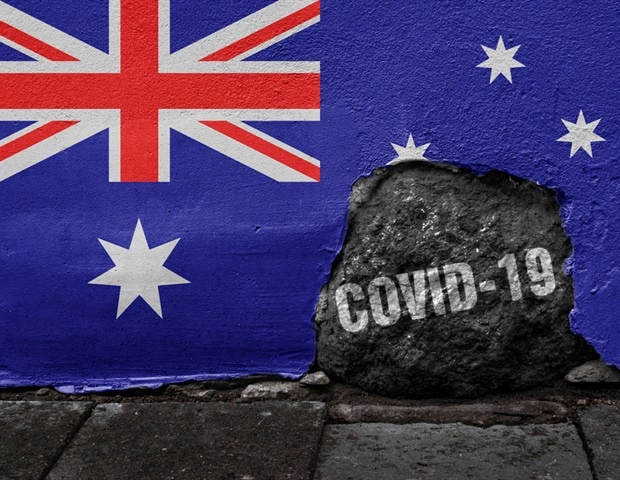The current global climate of misinformation and myths about the origin, cure of, and measures required to deal with the COVID-19 pandemic has mired public acceptance of and compliance with governmental interventions and personal precautions.
Now, a new study published in the preprint server medRxiv* in August 2020 examines the prevalence of and reasons for such beliefs in several Australian communities.

The Problem with Misinformation
False information is not hindered by the need for accuracy and reliability, unlike accurate health information. As a result, the latter tends to be more restrained, factual, and less persuasive. On the other hand, misinformation is “typically compelling, persuasive, and emotive.” It, therefore, makes its way to the heart much more rapidly, and in a far greater number of cases compared to the facts.
This can act as a deadweight as governments and health organizations are trying to rein in the virus because misinformation not only shapes but also reinforces false beliefs and attitudes within a social network. If people see the threat as low or recommended behaviors as ineffective, they become less willing to follow such interventions. Thus, it is crucial to understand these obstacles in order to bring out new and more effective messages in public health regarding the current virus strategies.
Measuring the Impact of Misinformation
The University of Sydney study employs a prospective approach over time, in three waves, beginning in April 2020, a month after the first non-pharmacological interventions (NPIs) were put in place in Australia, namely, physical distancing and quarantine. The COVID-19 incidence was rising at that point.
The first wave included over 4,300 participants, of whom about 60% completed the second wave questionnaire three weeks later, and 43% the third wave questionnaire at six weeks from baseline. At the last time point, some restrictions were being relaxed, and cases were dropping. However, it is worth noting that cases are again rising in some parts of the country.
Wave 1
Even after one month of hearing about the spread of COVID-19, around 14% to 15% of people had deep reservations about the efficacy of vaccines, the actual threat of COVID-19, and the need for the current level of restrictions.
Waves 2 and 3
Later phases of the survey show the same trend persisting over time, with more people believing that the threat of COVID-19 is out of proportion to reality. However, fewer people now believed that herd immunity benefits were being hidden from the public. A significant minority continued to believe that restrictions were more substantial than required.
Why People Believe False Information
In wave 3, the researchers identified three major components of the myths regarding the pandemic, namely, the management and prevention of symptoms, the cause and the spread of the virus, and myths held about building immunity and curing the viral infection. These accounted for about 19%, 17%, and 16% of the variance regarding these items.
The researchers found that younger males with lower levels of education, and non-English speaking at home, were more likely to hold such beliefs. When these were adjusted for, such attitudes were linked to lower levels of familiarity with digital health, feelings that COVID-19 is less of a threat than commonly thought, and lack of trust in government and scientists alike.
Specific Myths
Over a fifth of wave 3 participants thought that the virus was killed by hot water or ultraviolet radiation, while 13% thought that ibuprofen worsens the illness. Again, 12% thought that the virus was bioengineered from a Wuhan laboratory, while 4% thought that parcels from China would spread the virus. Vitamin C and hydroxychloroquine were thought to be effective treatments by ~4% and 2%, respectively.
Implications
The study shows that the spread of misinformation is associated with certain psychological and intellectual attributes. The study was not representative, but the participants represent many segments of Australian society. Compared to the rates identified in several international studies, the prevalence is lower, but this varies somewhat from earlier findings of an Australian survey held in May 2020. This showed that 12% to 77% of people believed such misinformation.
The pattern of wrong beliefs and attitudes is similar to that found in America and the UK, where the younger generation, and particularly men in America, favor conspiracy theories about the origin of the pandemic.
The most important lesson from this study is that there is a significant gap in the coverage of the population by health information related to lower education levels and unfamiliarity with the English language. This underlines the need to consider such differences as well as to reduce the complexity of health information on government media.
Going Forward
Earlier research by this team has shown that some of these groups do not know the symptoms of COVID-19 or preventive behaviors. Thus, these findings confirm those of others, which show how important it is to alter the current form in which health information is presented by official health organizations and governments to impact these groups. The changes should affect the language, style, and platform of delivery.
Another vital aspect to address is the building of digital health literacy skills, helping people to build a healthy questioning attitude towards false health information. This approach, called ‘prebunking,’ may be more useful than debunking since it allows people to resist such attempts to mold their beliefs and behaviors wrongly.
And finally, governments and health authorities should partner with other organizations that have the public trust, to make sure that the right information, presented appropriately, reaches the people to both inform and correct false beliefs. The researchers point out that the most effective corrective measures incorporate explanations about why false information or belief cannot be sustained. Such attempts do successfully improve the accuracy of future beliefs even after being exposed to misinformation.
The study concludes that governmental and news agencies have the best shot at correcting such false beliefs during an epidemic, and should treat this role as an essential one. Failure to do so not only radically undermines governmental measures but can lead to other serious consequences of adopting unproven remedies.
The researchers quote an earlier study (van der Meer, T.G. and Y. Jin, 2020): “It will require ‘a sustained and coordinated effort by independent fact-checkers, independent news media, platform companies, trusted spokespeople and public authorities to help the public understand and navigate the pandemic.”
*Important Notice
medRxiv publishes preliminary scientific reports that are not peer-reviewed and, therefore, should not be regarded as conclusive, guide clinical practice/health-related behavior, or treated as established information.
